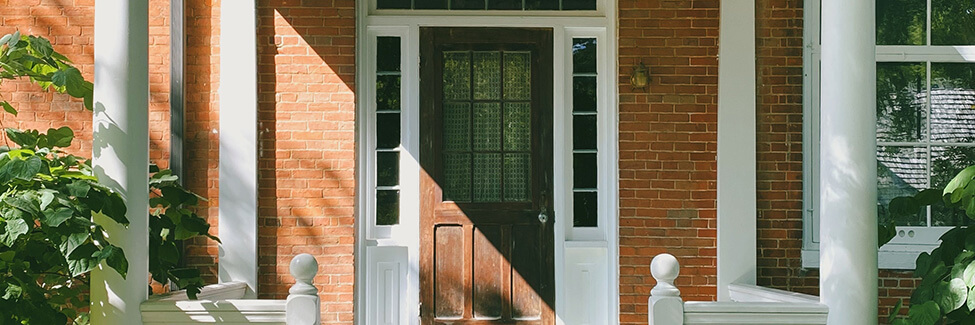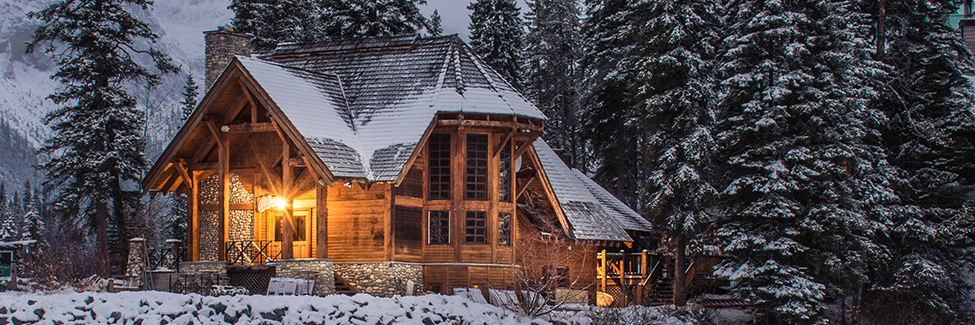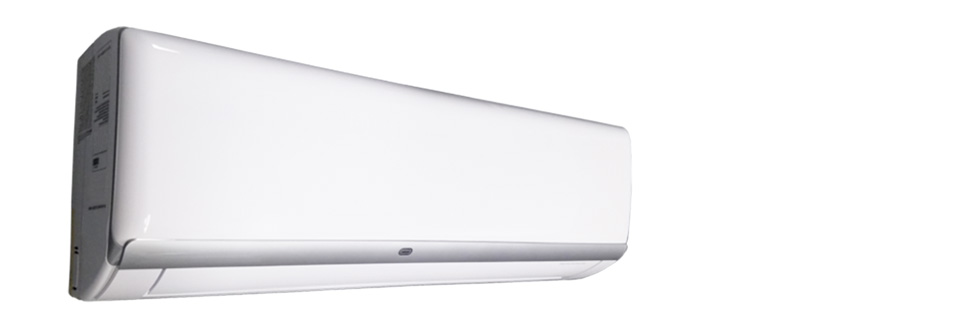
How To Stop Air From Leaking Around a Door
Cooler outdoor temperature can present problems whenever outdoor air enters indoor spaces through air leaks. Finding these air leaks around doors and fixing them the right way keep buildings energy efficient and comfortable.
Drafts cause unfortunate temperature shifts while forcing HVAC appliances to work overtime. Even minor air leaks can lead to costly energy bills and humidity issues. To help you, we’ve assembled a few ways to keep your space sealed from the elements, reveal damage, and prepare for cooler temperatures outside.
Jump straight to the top ways to stop air from leaking around a door.
How Do You Know If Your Door is Leaking Air?
Sometimes a door leak is obvious, while other times it requires a blower test. By conducting an energy audit, including a blower door test, you’ll be able to assess your space’s energy use. According to HVAC Leads Boss, energy audit requests have increased steadily for HVAC professionals.
The goal of a blower test is to measure airflow through a fan that depressurizes an interior space. While the existing air exits the space, the new air infiltrates via door leaks (and other leaks), which you can quickly identify.

Source: Energy.gov
As a less precise method, you can also use a flashlight to identify air leaks. One person must flash the light inside the home, and the other should monitor how much light beams through to the outside. The outside monitor can see which parts of the door are allowing light to shine through. This method is less reliable than a blower test but may give you a preliminary starting point.
What Are The Risks of a Drafty Door?
When air leaks through a door, it impacts multiple factors like energy bills, indoor comfort, and even building integrity. Paying more than necessary to heat your home is expensive and annoying, and that’s what happens when too much air seeps through the door cracks. However, health implications from door leaks can present other issues. Let’s review the risks associated with air leaks.
Energy Costs
It’s no secret that leaky doors drive up energy prices by forcing HVAC appliances to work harder. As air seeps through cracks, your home unit compensates and drives up your bill in the process. The winter is especially rough since heating is often the most expensive part of your energy bill (even without drafty doors).
Pest Intrusions
Colder winter nights are uncomfortable, but air leaks can also allow even more harmful scenarios. For example, moisture attracts pests, which may take shelter inside your home during the winter if the problem goes unaddressed. Ants, termites, and other unwanted guests may enter homes through leaky doors and cause a whole new set of headaches.
Structural Damage
In the worst cases, moisture infiltration can cause structural damage to buildings. The thought of structural damage is enough to make stomachs turn, and for a good reason. Structural repairs can be extremely expensive. If humidity and moisture reach dangerous levels, everything from woodwork and wallpaper to furniture and floors can be effected, shortening their life spans significantly.
How to Stop Air from Leaking Around a Door
For homeowners who plan to keep their existing doors, there are a few standard measures to prevent continuing air leaks.
Caulking
Caulking or recaulking both the interior and exterior of your door can make a big difference in addressing air leaks. Be sure to note your door type so that you can purchase the highest-performing caulk for your home. Caulks come in a variety of materials, so do your research before choosing the one for your door.
Keep in mind that caulking can anywhere from 10 to 40 years. For those of you replacing existing caulking, make sure to first strip the initial material, including any residue built up from previous applications. Failing to remove that first can prevent the new caulk from properly sealing gaps.
Use a caulking gun to apply the material around your door. Make sure you maintain a steady angle for maximum sealing. After applying the caulk, use a moist finger to smoothen the material.
Weather Stripping
As another solution, weather stripping can be an easy way to cover exposed ears of a door. Many different kinds of weather stripping (like foam strips and door sweeps) are affordable and easily-available.
The first step is to clean your door’s perimeter and dispose of residue left over from any previous applications. Next, measure your door’s width and cut out your weather stripping edges. Precision is critical during this process as removal is a significant pain. If you try to reapply it later, you could find yourself back at square one with ruined materials.
The last step is applying the weather stripping seal the air. Check both inside and outside of your home to see if the draft still exists. If everything looks and feels good, you should be in good shape moving forward.
Replacement
Many doors can last a lifetime, though depending on the material, age, climate, and location of your door, they can last as little as 30 years. Sometimes the best option is to replace your existing door (or doorframe) with a new one. While this is the most drastic measure, it also depends on your available budget and appetite for construction.
Benefits to Air Sealing Your Door
Addressing door air leakage cuts HVAC costs while improving comfort and longevity. Perhaps most importantly, it fosters superior air quality for a healthier home. We talked about air leakage solutions, and now we’ll briefly discuss short-term and long-term benefits of sealing your door.
Improved Air Quality
Energy efficiency is excellent, but healthy air quality is even better. By eliminating indoor air pollutants and encouraging fresh air ventilation, you contribute to physical and mental health. Airborne pollutants transmit allergens and diseases, and eliminating these culprits is one of the best investments you can make.
Mold Prevention
Most people assume their spaces mold-free until they see or smell it. However, proactive prevention of mold infiltration is key to avoiding it in the long term. Discouraging moisture through air leaks and improving indoor ventilation are the best ways to deter mold growth. Of course, keeping a clean home is another vital factor in addition to sealing your doors. Mold danger varies by type, but homeowners can all agree that preventing mold in the first place is the best option.
When Everything Else Fails
If traditional methods fail to locate the leaks’ origins, you can always hire a professional with thermal imaging technology to detect any vulnerable areas and suggest an advised solution.
Good luck sealing your indoor spaces!
Still have questions? Ask an HVAC expert directly via chat or phone.
Published on 2020-12-13 by Ben Travis
Last updated on 2020-12-13


